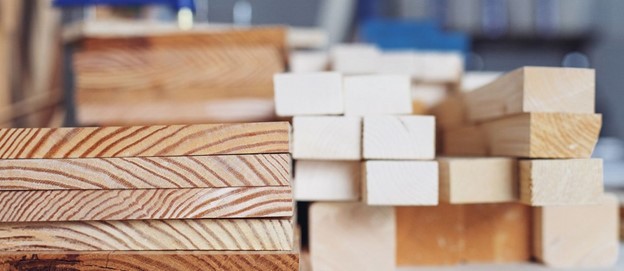Different types of wood for construction properties, Timber building material advice, Understanding bricks, blocks, multi-purpose cement, insulation, lintels
Understanding the Properties of Different Types of Wood for Construction
15 March 2024
For centuries, wood has been a fundamental material in construction. Its importance cannot be overstated. Wood is a reliable and versatile resource. Craftsmen, builders, and architects must understand the science behind wood.
Wood possesses unique properties that make it a perfect construction material. Its aesthetic appeal, durability, and strength have made it a popular option throughout history. Wood is a renewable resource, which makes it eco-friendly. Delving into the science of wood helps to appreciate its role in construction.
Physical Properties of Wood
Wood is made up of cells that form structures in the tree trunks. The structures include heartwood, sapwood, cambium layer, and bark. Each part has a role in the durability and overall strength of the wood.
Wood possesses physical characteristics that contribute to functionality. Density is one property affecting the strength and weight of wood. Different species have varying densities, which impact the suitability for specific applications.
Strength refers to the wood’s ability to withstand external forces without deforming or breaking. Elasticity determines how much a piece of wood stretches or bends without permanently deforming.
Importance of Species in Construction
The role of wood species in construction is crucial. They possess distinct properties that make them suitable for various applications. Some species have exceptional strength, which makes them perfect for load-bearing structures, such as columns and beams. Others are prized for their natural beauty and used in decorative elements like cabinetry and floors.
The choice of species affects a project’s durability. Some are naturally resistant to insect damage and decay, which makes them suitable for high-moisture areas and outdoor applications. Others require additional preservation techniques or treatment to enhance longevity.
Hardwood vs. Softwood
One of the fundamental distinctions in wood is hardwood or softwood. The terms do not refer to the hardness of the wood. They are botanical classifications based on the trees from which they are derived.
Hardwoods come from deciduous trees, which shed their leaves every year. Examples include mahogany, maple, and oak. Softwoods come from coniferous trees, which usually produce cones and have needle-like leaves. Spruce, cedar, and pine are common softwood examples.
Hardwoods are generally harder and denser than softwoods, but each category has exceptions. Balsa wood is an exceptionally lightweight and soft hardwood. Some softwoods, such as yew, are quite hard.
Popular Species in Construction
Several species have gained popularity because of their versatility and unique properties. Oak is a widely used hardwood known for its durability and strength. It is frequently used in cabinetry, furniture, and flooring. Maple is a popular hardwood prized for its wear and tear resistance and attractive grain patterns.
Pine is among the most commonly used softwoods due to its availability and affordability. It is frequently used in furniture construction, paneling, and framing. Cedar is popular for its resistance to insect damage and decay. It is often used in outdoor applications, like siding and decking.
Durability and Strength
Different species exhibit varying degrees of durability and strength, which makes it essential to choose the suitable species for a project. Growth characteristics, grain structure, and density determine strength. Load-bearing structures require a species with enough strength to withstand the anticipated forces.
Durability is crucial for high-moisture or outdoor applications. Some species naturally possess properties that make them resistant to insect damage and decay, such as redwood and cedar. However, species with inherent durability may require additional maintenance or treatment to ensure long-term performance.
Additional Construction Needs
Regardless of the choice of wood, other construction materials are required to complete the project. MacBlair, for instance, supplies quality building materials to the DIY and construction industries. They have a wide range of materials like bricks, blocks, multi-purpose cement, insulation, lintels, construction timber, slates, roof tiles, and external render. It’s essential to buy from a trusted supplier so that you know what you’re getting is high quality.
Comments on the guide to Different types of wood for construction propertiesarticle welcome
Glasgow Architecture
Major Strathclyde Building Designs – selection:
Historic Glasgow : best Glasgow architecture of the past
Comments / photos for the Different types of wood for construction properties advice page welcome.



